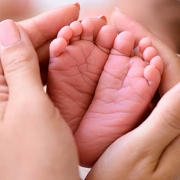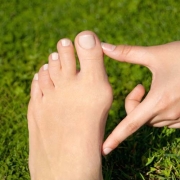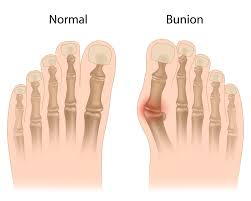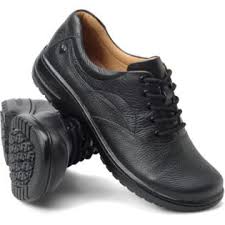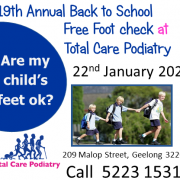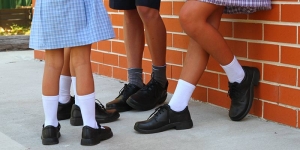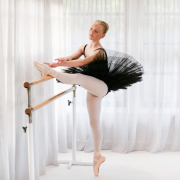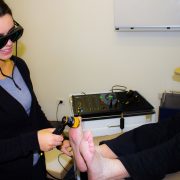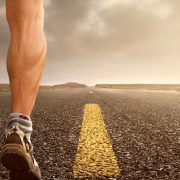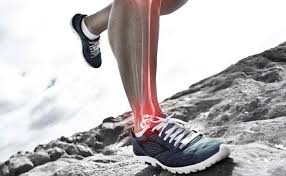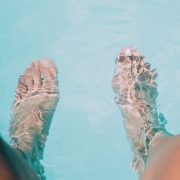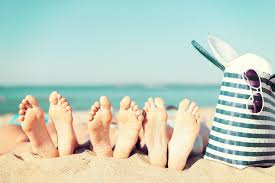We all look forward to warm summer days and having our toes in the sand!
Here are just a few things to keep at the front of your mind to ensure that when it comes to achieving your new year’s resolutions, (which we can all admit isn’t all that far away), we can!
Toenails and skin:
Summer can often lead to dryer skin so although the salt water at the beach does wonders, ensure that you regularly moisturise your legs and feet, to reduce the chance of painful splitting callous on the heels and infection.
Now, if you’re the opposite, and are always wearing closed-in shoes, perhaps invest in a more open-toed shoe, and alternate your shoes to allow air flow to the feet.
If you have reduced or absent sensation in your feet, it’s best to avoid going barefoot, especially as the hot temperatures on the ground can burn your feet. Always empty your shoes to get rid of any sand or stones.
If you like to wear nail polish, try to avoid leaving it on for the whole duration of summer. It’s best to remove it within a few days to avoid damage to the toenails.
If you tend to sweat a lot when wearing shoes and socks, summer can be a nightmare for you! Try changing your socks a few times throughout the day and make sure you are wearing a clean pair each day. Excess moisture can lead to irritating skin conditions and infections. If changing your socks doesn’t help, book in with your Podiatrist.
Did you know?
We apply sunscreen to most areas of our bodies, but often forget our feet. Podiatrists sometimes pick up on moles on the feet that are or can become cancerous. So, don’t neglect your feet and check them out! If you are concerned about any new skin spots/moles, please consult with your GP asap for a skin check! Don’t forget to also check underneath and in between your toes.
Footwear:
Footwear options are all about balance! It is completely fine to wear thongs on warm days, but if you plan on doing a lot of walking, consider wearing your runners or walkers.
Or, if you could never see yourself wearing runners, think about a good sandal or thong with a bit more structure than your every-day ‘flip-‘flop’. Key features to look for are a more contoured and supportive sole and a small heel.
If you are experiencing foot pain, address your footwear first. If you experience no change, it is worthwhile seeing a Podiatrist for advice and an assessment.
Have a fantastic summer!
THIS INFORMATION IS FOR EDUCATIONAL PURPOSES ONLY AND IS NOT INTENDED TO REPLACE PROFESSIONAL PODIATRIC ADVICE. TREATMENT WILL VARY BETWEEN INDIVIDUALS DEPENDING UPON YOUR DIAGNOSIS AND PRESENTING COMPLAINT. AN ACCURATE DIAGNOSIS CAN ONLY BE MADE FOLLOWING PERSONAL CONSULTATION WITH A PODIATRIST.
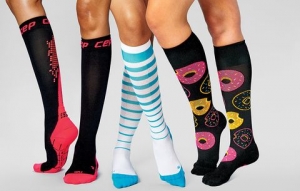
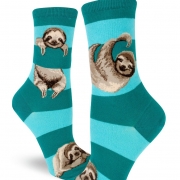
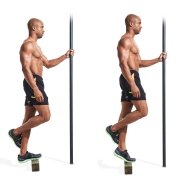
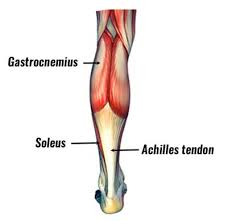
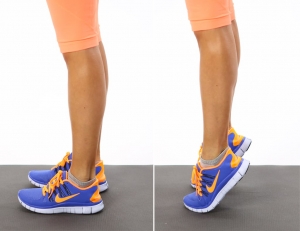 Stand with your toes pointing straight ahead and feet slightly apart. Raise onto your toes for a count of 4, hold for a count of 2 and slowly descend for a count of three. Repeat for 2 minutes 3 – 4 times per week.
Stand with your toes pointing straight ahead and feet slightly apart. Raise onto your toes for a count of 4, hold for a count of 2 and slowly descend for a count of three. Repeat for 2 minutes 3 – 4 times per week.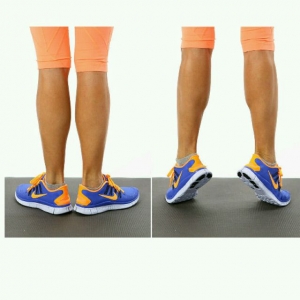 Stand with your feet at 45 degrees with the heels together. Raise onto your toes for a count of 4, hold for a count of 2 and slowly descend for a count of three. Repeat for 2 minutes 3 – 4 times per week.
Stand with your feet at 45 degrees with the heels together. Raise onto your toes for a count of 4, hold for a count of 2 and slowly descend for a count of three. Repeat for 2 minutes 3 – 4 times per week.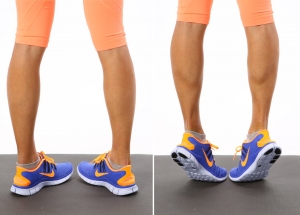 Stand with your feet at 45 degrees with the Big toes together. Raise onto your toes for a count of 4, hold for a count of 2 and slowly descend for a count of three. Repeat for 2 minutes 3 – 4 times per week.
Stand with your feet at 45 degrees with the Big toes together. Raise onto your toes for a count of 4, hold for a count of 2 and slowly descend for a count of three. Repeat for 2 minutes 3 – 4 times per week.